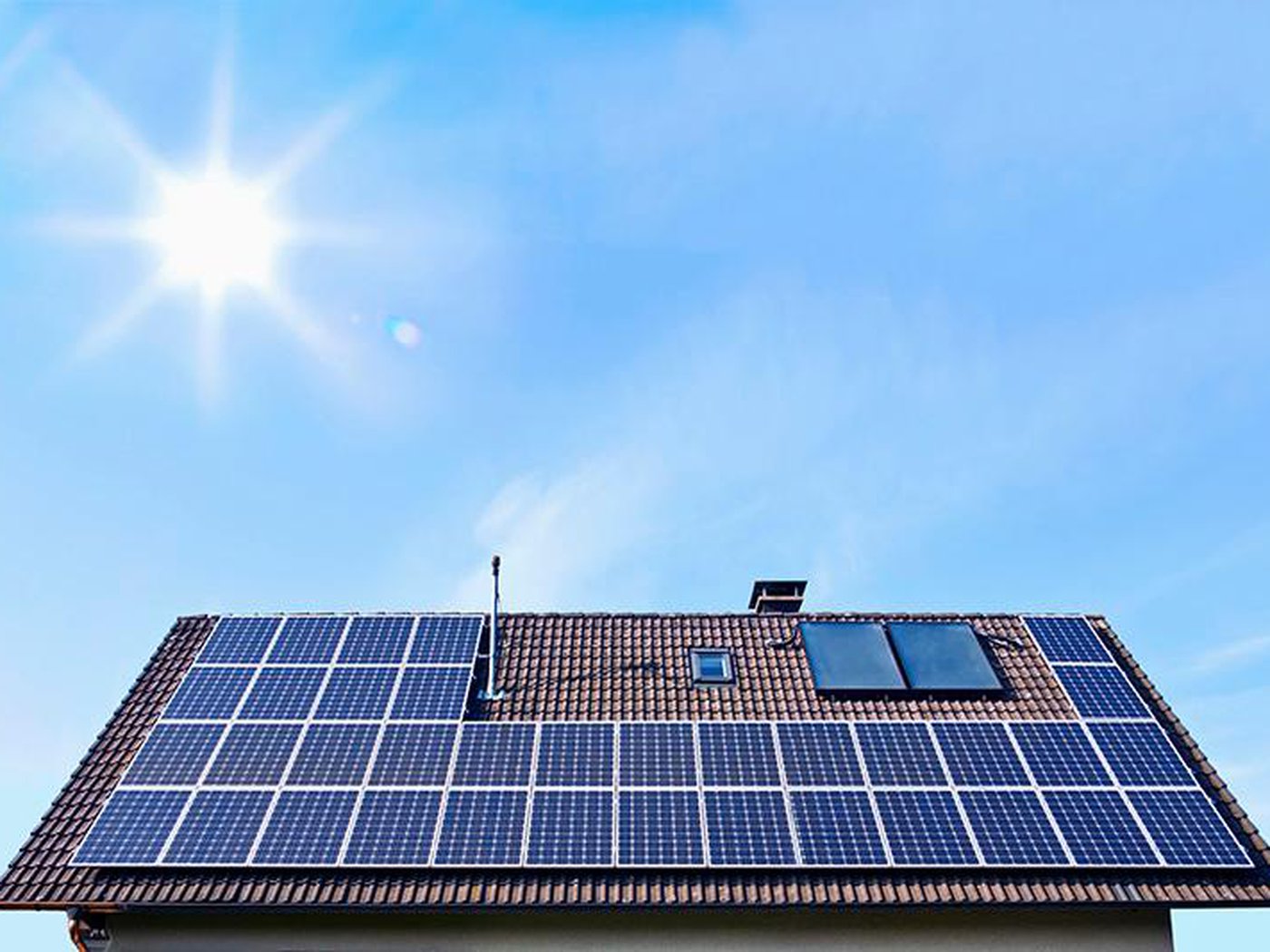Photovoltaic solar panels are flat panels that are made up of interconnected cells. These cells contain a material that absorbs the sunlight and converts it into direct current (DC) electricity. This electricity can then be used to power appliances, lighting, and other electronic devices.
But how exactly do photovoltaic solar panels work? Let’s take a look.
When sunlight hits the photovoltaic cells, the photons in the light are absorbed by the material contained in the cells. This material is known as a semiconductor, and it has the ability to convert the energy from the photons into electrical energy. The electrical energy is then stored in a battery or sent directly to the grid for use. If you are looking for best photovoltaic solar panels you can visit this site.

Image Source : Google
In order for photovoltaic solar panels to be effective, they need to be installed in an area that gets plenty of sunlight. They should also be angled in such a way that they can receive direct sunlight for most of the day. If the panels are not installed correctly, they won’t be able to generate as much electricity as they could.
Photovoltaic solar panels are an efficient and cost-effective way to generate your own electricity. They don’t require any fuel, and they don’t produce any emissions, so they are a great alternative to traditional sources of energy. With the right installation and maintenance, they can provide you with an unlimited source of clean energy that can help reduce your energy bills and your carbon footprint.